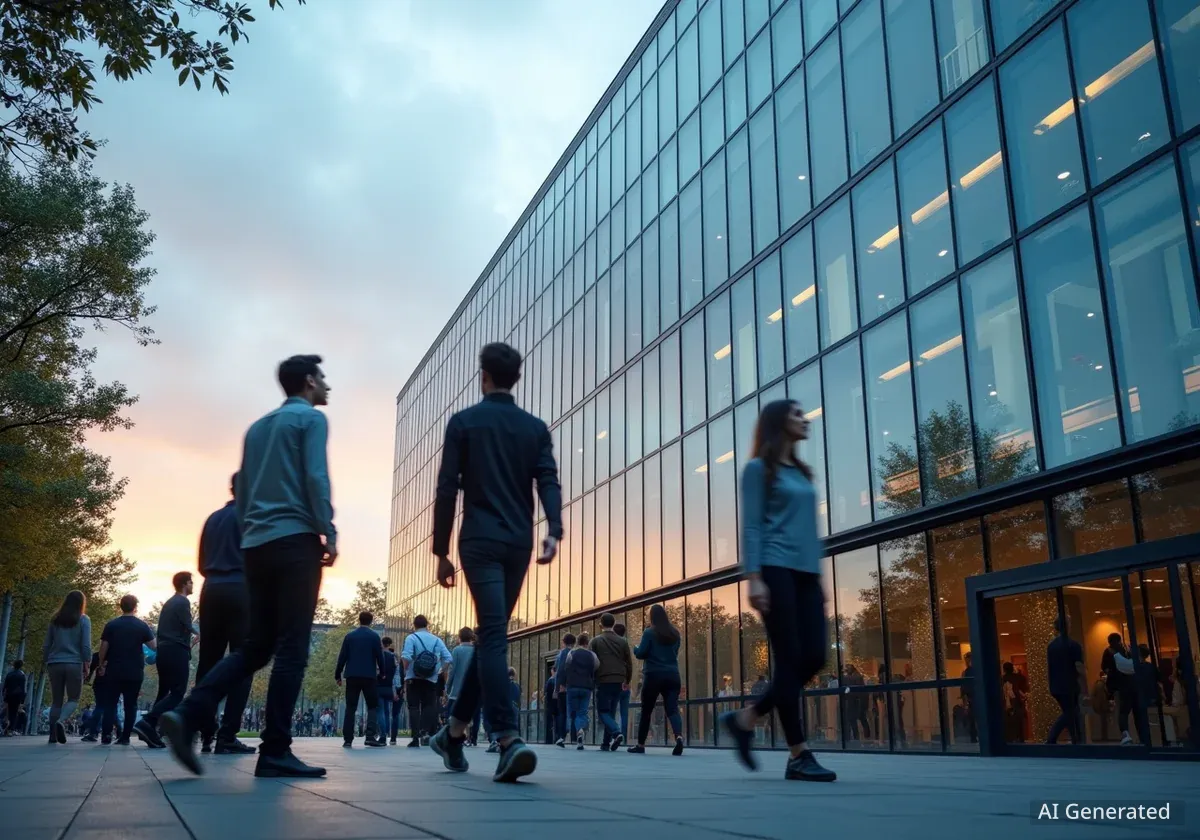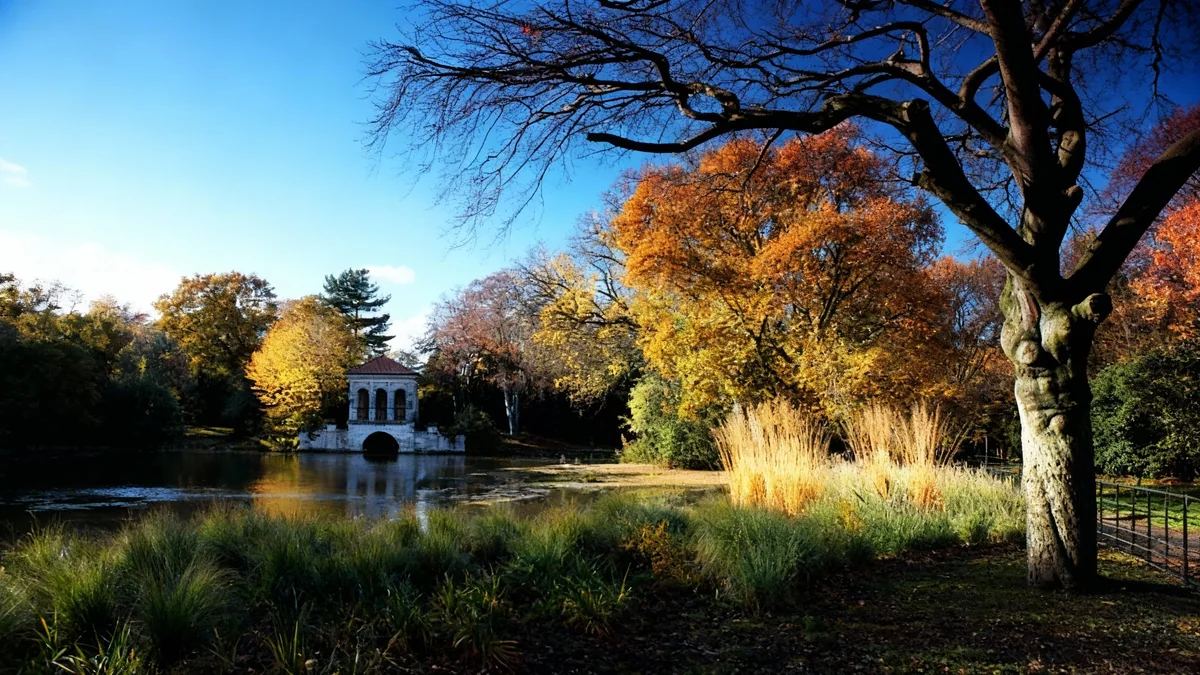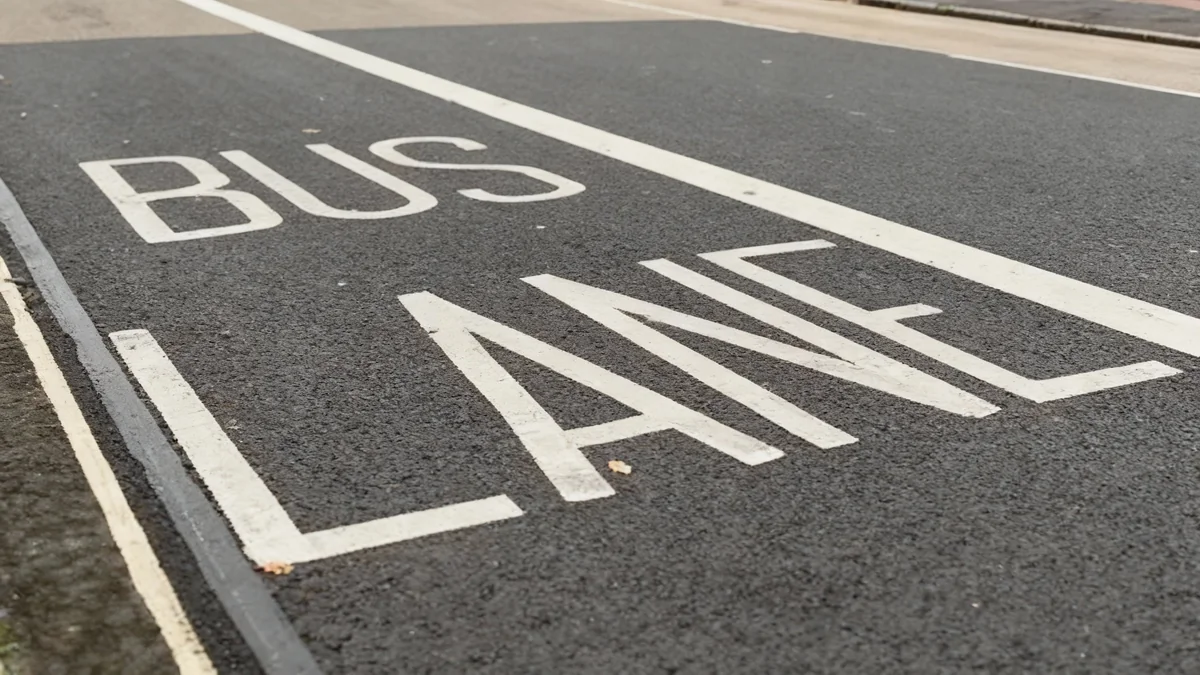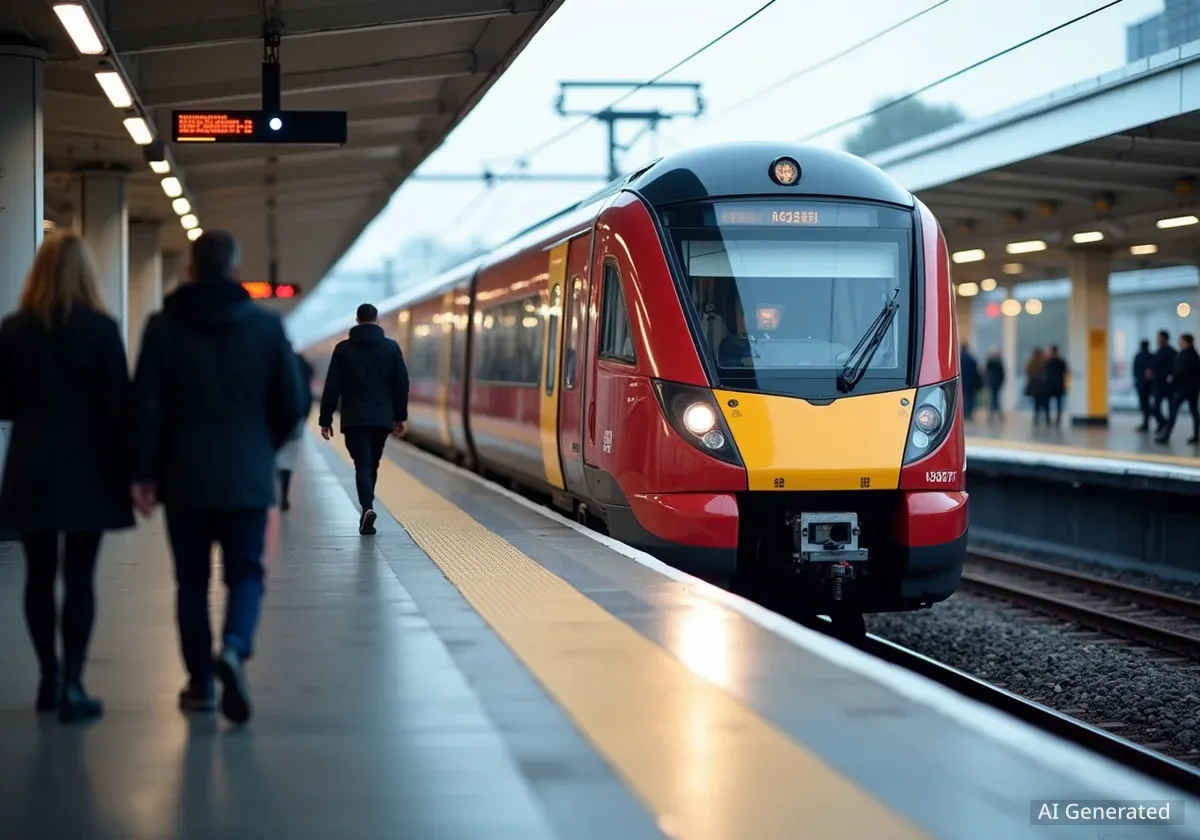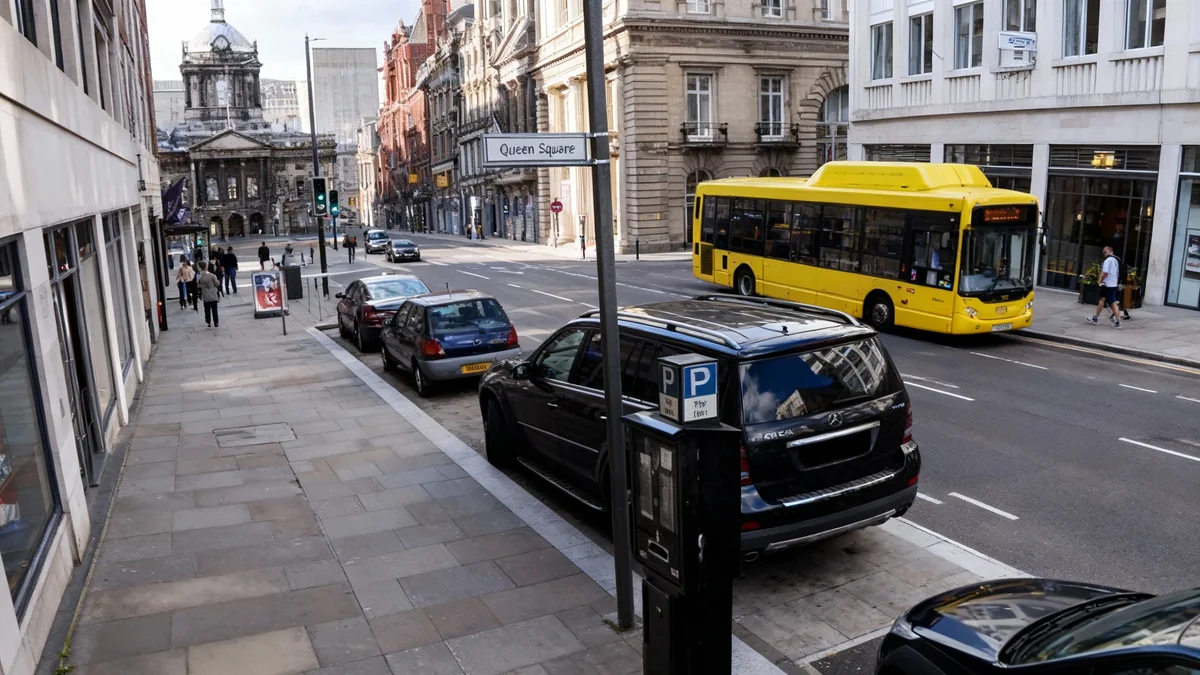The University of Liverpool is leading a major new research project to measure the social and economic impact of the National Museums Liverpool’s Waterfront Transformation. Named the £1 Billion Initiative, the study will assess how the redevelopment of the International Slavery Museum and the Maritime Museum could generate over £1 billion in social value for the city, the UK, and internationally.
The announcement coincides with the release of a new fly-through video by National Museums Liverpool, offering the most detailed preview yet of the ambitious plans for the historic waterfront area.
Key Takeaways
- A new study, the £1 Billion Initiative, will measure the social and economic value of the Liverpool Waterfront Transformation.
- The research is led by the University of Liverpool in partnership with National Museums Liverpool and Octopus Associates.
- The project focuses on the redevelopment of the International Slavery Museum and the Maritime Museum.
- Key architectural changes include new entrances, a connecting bridge, and redesigned exhibition spaces.
- The museums are scheduled to reopen to the public in 2029.
The £1 Billion Initiative
The research initiative aims to quantify the value of culture and heritage beyond simple economic metrics. It will explore how the significant investment in the waterfront museums can deliver tangible benefits to society. The study brings together a powerful consortium of experts to ensure a comprehensive analysis.
The University of Liverpool’s Heritage Institute is collaborating with National Museums Liverpool and research firm Octopus Associates. This core group is supported by a wider network including Historic England, the World Monuments Fund, and academic partners from the United States, Oman, and Africa.
According to the project outline, the research will focus on several key areas, including the project's potential to boost community pride, increase tourism, stimulate creative industries, and strengthen international partnerships. The findings are intended to create a new framework for understanding the value of cultural projects.
Challenging Perceptions of Culture
A central goal of the study is to challenge the traditional view of culture as a 'soft power'. Instead, the research aims to provide concrete evidence that heritage is a powerful driver of social change and economic prosperity, placing it at the centre of community development.
Redeveloping Historic Waterfront Buildings
The Waterfront Transformation Project will completely reshape the public space between the Royal Albert Dock and Mann Island. The work is centred on two Grade I-listed buildings: the Hartley Pavilion, which houses the Maritime Museum, and the Dr Martin Luther King Jr Building, home to the International Slavery Museum.
Architectural firm FCBStudios is leading the physical redevelopment. A key objective is to improve the visitor experience and create a more cohesive cultural district that blends history with modern public spaces.
International Slavery Museum Enhancements
A significant focus of the redevelopment is the International Slavery Museum. Following extensive community consultation, the museum will receive a new, highly visible main entrance. This change addresses public feedback calling for an entrance that reflects the museum's national and global significance.
The interior will also be transformed. The second floor of the Dr Martin Luther King Jr Building is being redeveloped to house the National Centre for Teaching Black History. This dedicated learning space will offer educational programmes linked to collections across all National Museums Liverpool venues.
Design and Exhibition
The new exhibition spaces within the International Slavery Museum are being designed by the internationally recognised firm Ralph Appelbaum Associates, known for their work on major cultural institutions worldwide.
Maritime Museum Updates
The Maritime Museum will also undergo a major overhaul to provide a clearer and more engaging narrative of Liverpool's rich seafaring history. The plans include new galleries focusing on themes of global trade, maritime conflict, and migration.
The popular 'Titanic and Liverpool' gallery is set to be refreshed as part of the project. A new entrance will also be created to offer a more welcoming arrival for visitors.
A new link bridge will be constructed to connect the International Slavery Museum and the Maritime Museum. This architectural feature will provide visitors with a space to pause and reflect, offering new views across the historic docks.
A New Model for Valuing Heritage
Project leaders believe this initiative will set a new standard for how cultural developments are evaluated. By focusing on social value, they hope to demonstrate the wide-ranging benefits that extend far beyond the museum walls.
Professor Soumyen Bandyopadhyay, Director of the University of Liverpool’s Heritage Institute, stated: “The imbalance in who benefits from heritage is something we need to better understand. This study is about recognising how projects like this can generate social and cultural value and put heritage back at the heart of our communities.”
This sentiment was echoed by National Museums Liverpool, which sees the research as vital validation for the project's importance.
Vicky Smith, Executive Director at National Museums Liverpool, added: “We already know how much this project means to the people we’re working with, but the University of Liverpool’s research gives us the evidence and insight to back that up. As we move into the next design stage, we’re more confident than ever in the national and international importance of these museums.”
Project Timeline and Future
The extensive redevelopment work means both the International Slavery Museum and the Maritime Museum are part of a long-term plan. The current schedule anticipates that both institutions will reopen to the public in 2029.
The £1 Billion Initiative will run concurrently with the development, providing ongoing analysis and insights that will help shape the final outcome. The project represents a significant investment in Liverpool's cultural landscape, aiming to preserve its history while creating a dynamic and inclusive future for its waterfront.
